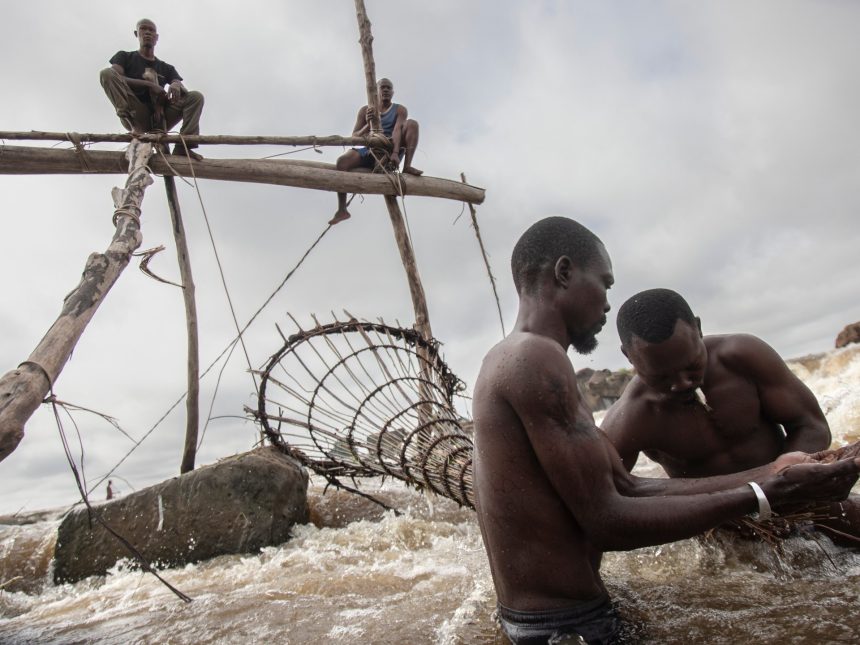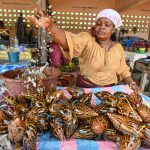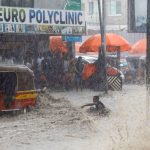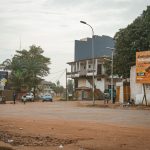[ad_1]
In his part of the Democratic Republic of the Congo’s Orientale province, many like 16-year-old student Kalimo now get by selling handcrafted dioramas of traditional Wagenya life to the few tourists who visit the impoverished area.
“It helps me to pay for school,” said the teenager, who was selling wooden models of small stick men holding large fish, for $10.
Kalimo, whose father is a fisherman like many others in the village in the rapids known as the famous Wagenya Falls, wants to become an engineer.
His people, the Wagenya – split between three main clans and five sub-clans – are bickering among themselves. The position of the traditional chief, as an intermediary between the community and the government, is unfilled because of factional infighting.
Augustin Tangausi, who described himself as a “fisherman and servant of God”, said this means problems are piling up. “Everyone does as he likes and we have no one to defend our rights”.
But they have a collective, bigger problem.
Tangausi pointed to what he calls the “small fishery” by the Wagenya Falls. Wooden poles are wedged into holes in the rocks and tied together with lianas to form scaffolds. Baskets are then dropped from the scaffolding into the roaring currents to trap fish.
“There were installations everywhere before,” says Tangausi. “But now there are hardly any”.
The government once subsidised maintenance of the elaborate scaffolds, he said, but stopped doing so over a decade ago.
Fish stocks have plummeted because mature fish are being caught during the spawning season and poor people scour the waters with mosquito nets to scoop up juvenile fish, said Andjoipa Aluka, a 27-year-old fisherman.
‘We live off visitors’
Augustin Issa Balabala, described as the manager of Wagenya Falls, said fishing offered nothing any more.
“We live off visitors, off the little they give us,” he said, sitting on a plastic chair in a straw hut.
Tourists have been few and far between since the COVID-19 pandemic struck, although there is hope that more may begin to come.
The DRC’s environment minister visited Wagenya Falls at the beginning of the year and promised investment to attract visitors.
Tangausi, for his part, was enthusiastic. “We want modern huts, a restaurant, a hotel, shops, offices, a museum, an aquarium, and a cold room too, for the fish,” he said.
“This is an international tourist site, known worldwide,” he added, noting cautiously that the renovation work still needed to be done.
Tshopo Governor Madeleine Nikomba said a hotel will be built, and that “we will try to modernise the fishery”.
But the scale of the work that needs to be done is momentous. Roads are so poor that they are impassable. Electricity is patchy. Tourist sites related to Congolese history lie in ruins.
Visitors must also brave chaos at the local airport, where crowds jostle to board flights and occasional shortages of jet fuel ground flights.
Much of the DRC, one of the world’s poorest countries, has crumbling or non-existent infrastructure due to mismanagement, successive wars and chronic corruption.
Governor Nikomba promised that all the problems will be fixed. The airport will be renovated, she said, as well as tourist sites and the local zoo, which currently lies empty.
[ad_2]
Source link










